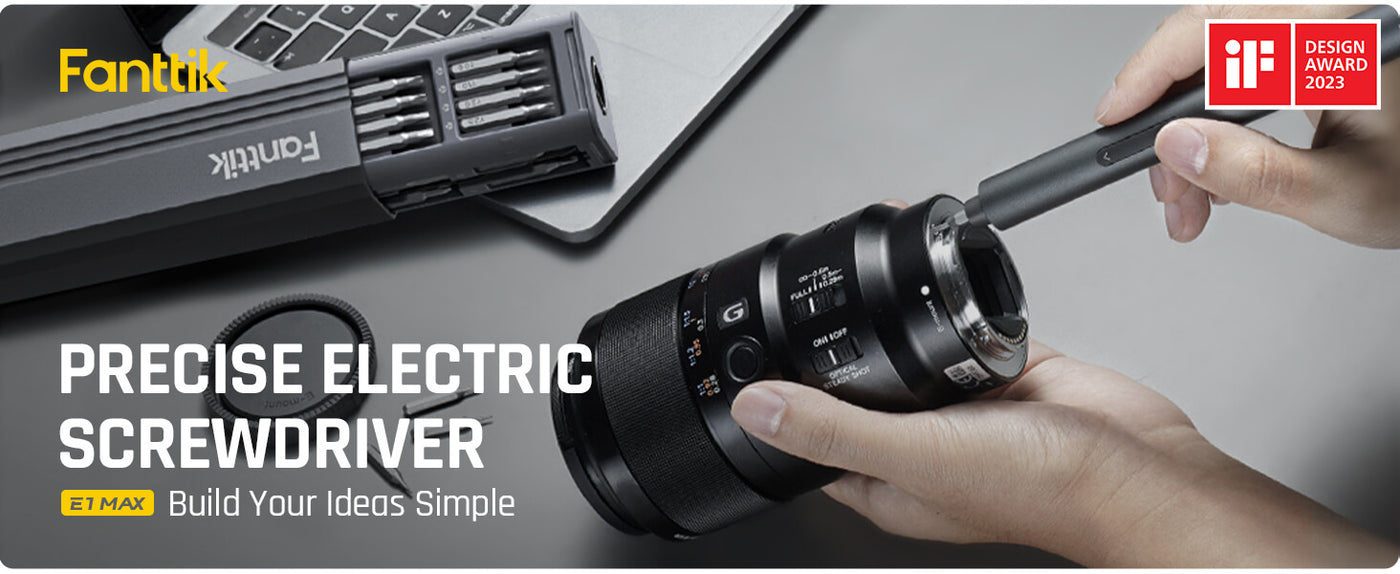Understanding the Common Electric Screwdriver Problems in the Industry Guy Mutchler
Electric screwdrivers have become an indispensable tool in various industries, revolutionizing the way we assemble and disassemble objects. However, like any other tool, electric screwdrivers are not immune to problems. In this article, we will delve into the common issues that users encounter with electric screwdrivers and explore potential solutions.
1. Power Supply Problems
One of the most common problems with electric screwdrivers is related to power supply. Users often face issues with the battery life and charging capabilities of their screwdrivers. It can be frustrating when a screwdriver loses power in the middle of an important task or fails to hold a charge for an extended period.
To address this problem, it is crucial to choose an electric screwdriver with a reliable power source. Look for models that offer long battery life and quick charging capabilities. Additionally, consider investing in spare batteries or a backup power source to ensure uninterrupted usage.
2. Torque Control Issues
Another significant problem that users encounter with electric screwdrivers is related to torque control. Torque refers to the rotational force applied by the screwdriver. Insufficient or excessive torque can lead to stripped screws, damaged materials, or even injury.
To avoid torque-related problems, it is essential to select an electric screwdriver with adjustable torque settings. This allows users to customize the torque according to the specific requirements of each task. Additionally, always refer to the manufacturer's guidelines and recommendations for torque settings to ensure optimal performance and prevent any potential issues.
3. Bit Compatibility Challenges
Electric screwdrivers come with a variety of bit options to accommodate different screw types and sizes. However, compatibility issues between the screwdriver and the bit can arise, causing difficulties during operation.
To overcome bit compatibility challenges, it is crucial to ensure that the screwdriver and the bit are compatible. Check the specifications provided by the manufacturer to determine the appropriate bit size and type for your electric screwdriver. Additionally, consider investing in a set of high-quality bits that offer versatility and compatibility with various screw types.
4. Overheating and Motor Problems
Extended and intensive use of electric screwdrivers can lead to overheating and motor problems. Overheating can affect the performance and lifespan of the screwdriver, while motor problems can result in reduced power or complete failure.
To prevent overheating and motor problems, it is essential to give the screwdriver regular breaks during prolonged use. Allow the motor to cool down to avoid excessive heat buildup. Additionally, choose electric screwdrivers with high-quality motors that are designed to withstand heavy-duty usage.
Understanding the common electric screwdriver problems in the industry Guy Mutchler is crucial for users to make informed decisions and ensure optimal performance. By addressing power supply problems, torque control issues, bit compatibility challenges, and overheating and motor problems, users can enhance their overall experience with electric screwdrivers.
Conclusion
Electric screwdrivers are valuable tools that simplify various tasks in different industries. However, it is important to be aware of the common problems associated with these tools to overcome any challenges that may arise. By selecting the right power supply, adjusting torque settings, ensuring bit compatibility, and preventing overheating and motor problems, users can maximize the efficiency and longevity of their electric screwdrivers.
References:
1. Example 1
2. Example 2
3. Example 3
